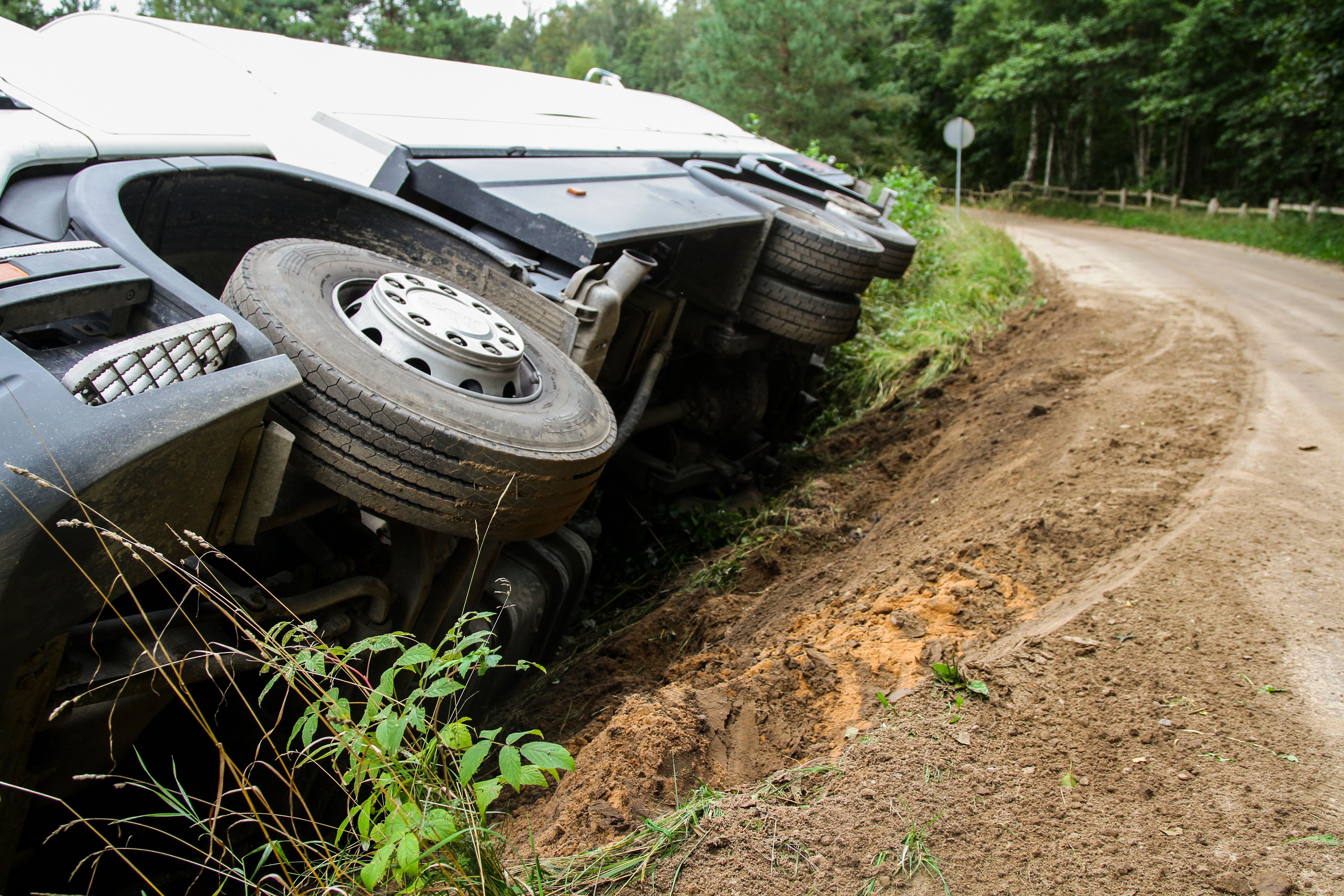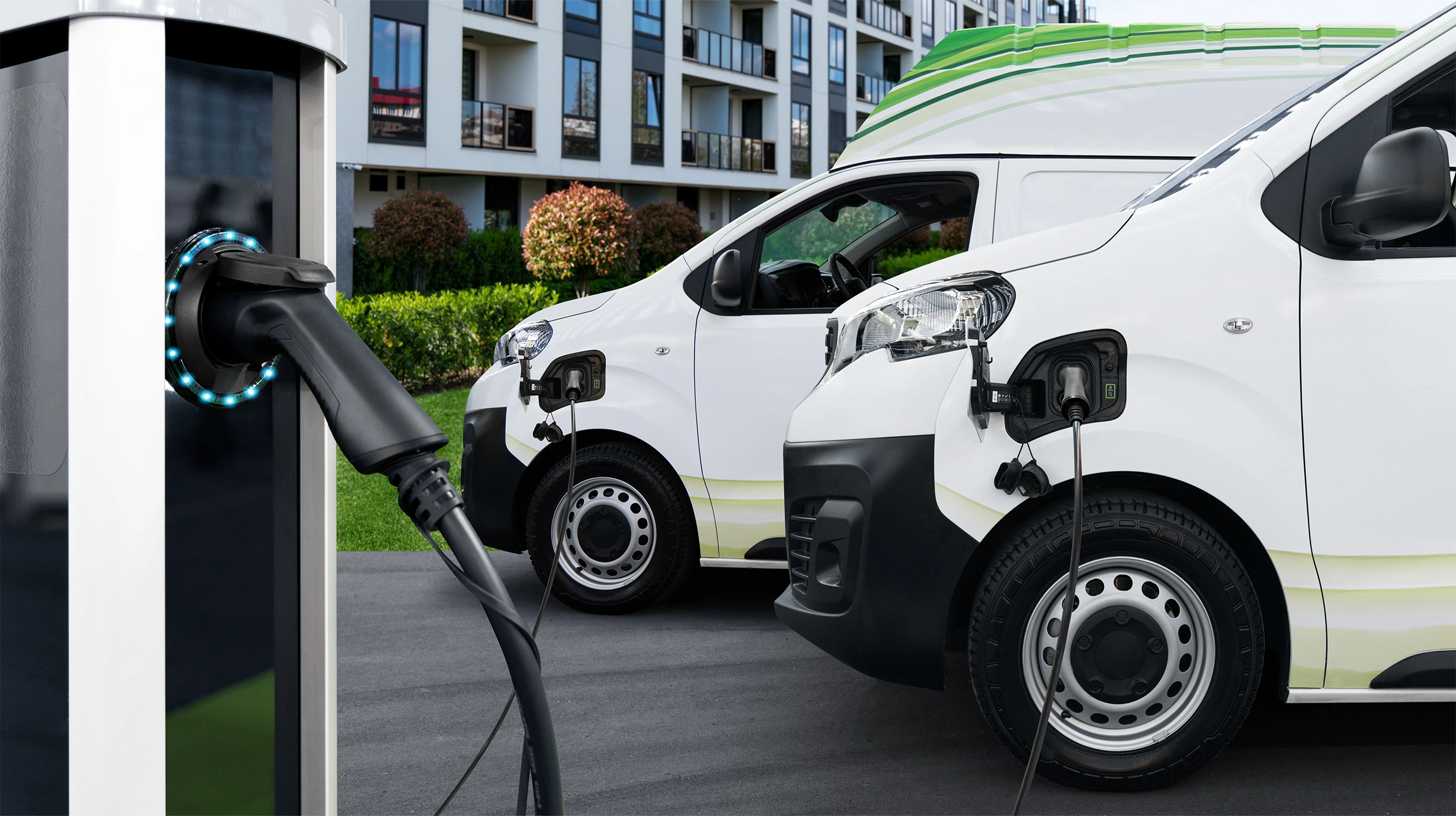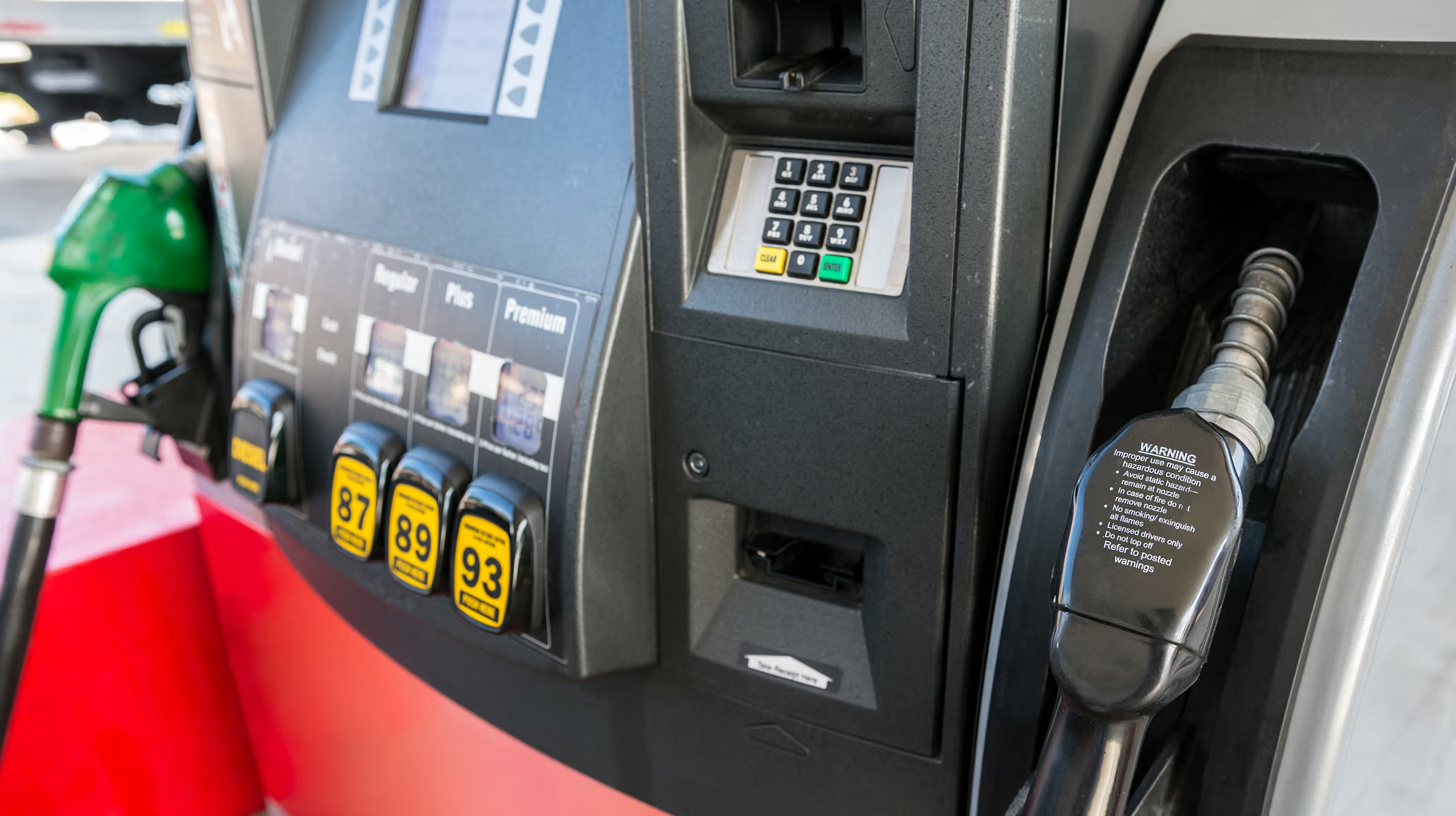Safety & Security
9 Fleet Management Tips for Keeping Your HGV Drivers Safe

Driving a large vehicle isn’t like your average office job, which is why health and safety take on a very different meaning for fleet managers. That’s the reality of dealing with a human being at the head of several tons of machinery!
We’ve put together a list of 9 tips for making sure your HGV drivers are as safe on the road as possible.
1 – Safety is a priority
Safety should be your number one priority. For your drivers, it should be more important than speed or efficiency, for the company it should be more important than your profit margin.
After all, what’s the point of your drivers getting to their destination in a damaged vehicle with broken cargo and injuries that mean they need to take a quick detour to a hospital?
Safety is good for everyone – you don’t want your drivers to get hurt, and you don’t want to lose income or business due to accidents.
Encourage your drivers to speak up if they have ideas about safety – they might have insight on potential hazards that you or your safe inspectors do not.
2 – Check your vehicles regularly
Thorough and regular vehicle checks can allow you to stop problems before they happen!
Regular maintenance and inspections are key to keeping your vehicles in a safe condition. Ensure they are booked in and that the schedule is stuck to. Encourage your drivers to report missed inspections – after all, they are the ones behind the wheel and thus the ones at risk.
A good best practice tip to pass down to your drivers: make a pre-trip inspection before each journey. This can help them avoid being caught out by the little things, like not having enough petrol!
3 – Weed out dangerous driving
This is a difficult one – how can you know which of your drivers are serial tailgaters?
Thankfully, there are tools available that allow you to monitor how your vehicles are being driven. At Inseego we’ve developed Driver Performance Solutions, which allow you to work out which of your drivers need further driver training – as well as how you incentivise and reward good driving.
4 – Alcohol and drug testing
You’d like to think that your drivers wouldn’t put their own lives at risk by coming to work under the influence of drink or drugs, but at the same time, you can never know what other stress factors in their lives could potentially push them down this path.
The best thing you can do, both for yourself and your drivers, is to implement a testing regime. This will allow you to avoid anyone under the influence from getting behind the wheel of one of your vehicles – and also allow them to get the help they need.
5 – Have a pre-defined accident procedure
You can have all the procedures and policies in the world, but sometimes accidents do just happen.
The best thing you can do as a fleet manager is be prepared for this eventuality. Create a procedure for drivers to follow in the event of an accident and then ensure the drivers are aware of It.
How you do this is up to you, but it could involve a training course on what they need to do in this kind of situation.
6 – Supply ‘hands-free’ setups for mobile phones
In those situations where something changes and you need to contact one of your drivers, you want to be able to do so without the worry of what happens when they answer the phone.
Ensuring your drivers have hands-free peripherals for their mobile phones will mean they can take the calls they need to without putting themselves and other drivers at risk.
7 – Route planning
While route planning is good practice from an efficiency and cost reduction standpoint, it also has safety considerations.
By ensuring your drivers have plenty of time to complete their journeys, based on actual data about the routes they take, you can avoid stressful journeys where they do not have enough time and feel forced to rush – when heavy vehicle drivers rush and feel pushed to take risks, bad things happen.
Technology can give you the edge here. Vehicle tracking systems allow you to collect accurate data about the routes, rest stops, and refueling stations they take. This way you can see if there are common problem areas that are putting drivers under unnecessary stress.
8 – Be aware of the weather
Make sure you stay apprised of up-to-date weather reports. All your route planning can go out the window if the weather takes an unpleasant turn.
High winds are particularly worthy of concern, if you see this is going to be a problem then you should consider re-routing your vehicles away from open rounds to avoid dangerous driving conditions.
9 – Policies and training
So, now you have all these things to look out for and to educate your drivers on. But how do you activate it all?
The key here is policies and training to create qualified drivers. Things like vehicle inspection and drink/drug testing need to be enshrined in policy, and those policies need to be followed and enforced across the business – for example, you can’t expect drivers to follow the policies that inconvenience them if you ignore the need for a vehicle inspection because it’s inconvenient at the time.
Things like accident procedure, and other driver-side safety concerns you may want to consider like the importance of a seat belt and securing your load properly, are more likely to be dealt with through a training centre and driving test. But once again, appreciate that there needs to be a measure of goodwill. For things like this to be effective, you need to ensure the professional relationship works both ways!





